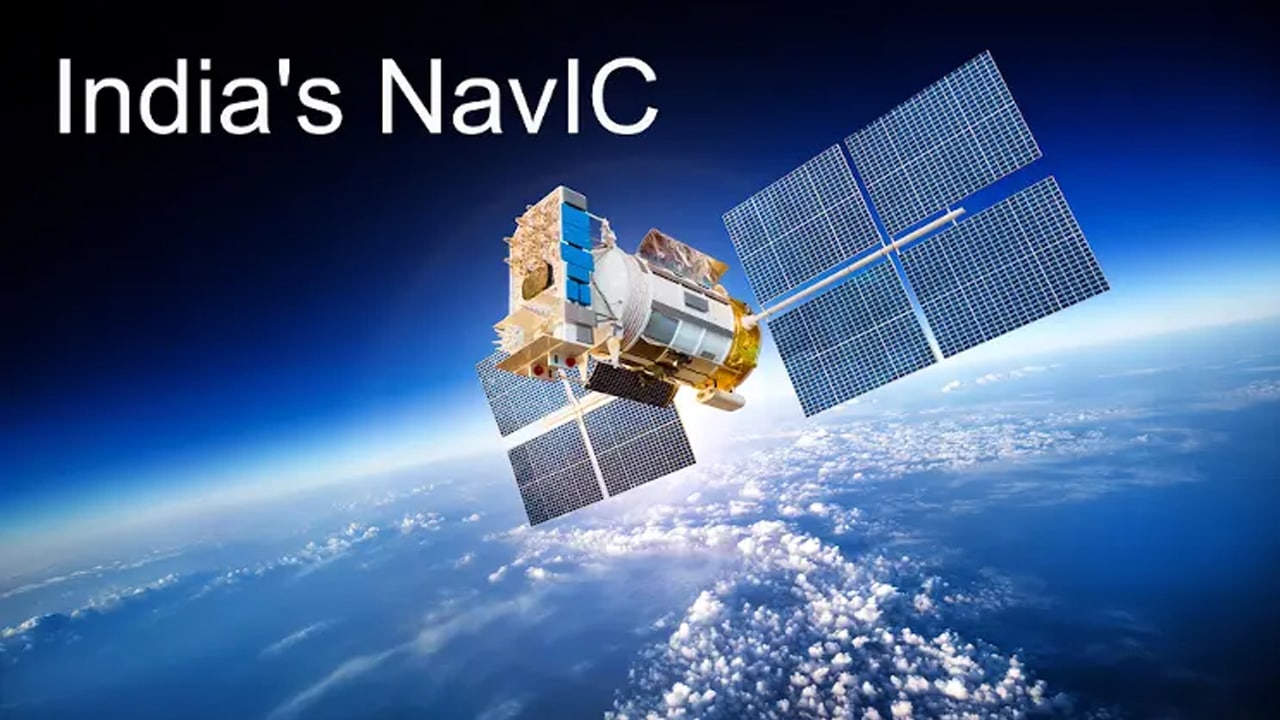According to the latest report, the Indian government will step up the promotion of the local satellite navigation system, India Regional Satellite Navigation System (NavIC), and require mobile phone manufacturers to support NavIC in new devices sold in the country from next year.
In this regard, the Indian side said that the move is intended to eliminate dependence on foreign satellite navigation, especially for “strategic sectors.” India also wants to encourage sectors to use NavIC to promote homegrown solutions-related industries.
JOIN TIP3X ON TELEGRAM
India is pushing tech giants to make smartphones suitable for its homegrown navigation systems within months, leaving companies like Samsung, Xiaomi and Apple worried about price hikes and disruptions as changes require hardware tweaks.
In line with the Prime Minister’s policy of self-reliance, India has been expanding the use of its regional satellite navigation system, known as NavIC (Indian Navigation Constellation), over the years. Indian authorities want to reduce their reliance on overseas projects as well as the widely used US Global Positioning System (GPS), saying that NavIC provides more accurate home navigation, the use of which will benefit the economic system.
China, the European Union, Japan, and Russia all have their own international or regional navigation plans to rival US GPS. NavIC usage in India has been minimal since it started operations in 2018. For example, it is mandated in bus location trackers.
 But Indian authorities and trade documents suggest the executive branch and regional officials need to expand their use and push the smartphone giant this year to make hardware tweaks to help NavIC and GPS in new phones starting in January 2023.
But Indian authorities and trade documents suggest the executive branch and regional officials need to expand their use and push the smartphone giant this year to make hardware tweaks to help NavIC and GPS in new phones starting in January 2023.
In closed meetings in August and September, representatives from Apple, Xiaomi, Samsung Electronics, and other companies again objected, citing concerns that the adoption of NavIC-compliant phones would increase analysis and manufacturing costs.
India’s regional companies say projects such as US GPS and Russia’s GLONASS are run by defense companies in their international regions, allowing disruption to civilian services. NavIC is fully under the management of Indian authorities, who hope to internationalize it like GPS in the future.
Xiaomi and Samsung together account for 38% of the Indian smartphone market, the second largest in the world after the Chinese market. Apple’s pricier smartphones have a market share of about 3% in India, Counterpoint data shows.
Apple’s website states that it already supports 5 international and regional navigation networks as well as GPS, GLONASS, and Beidou in the current iPhone. India’s directive could put pressure on it to add a whole new set of navigation directives.
To source NavIC-compliant chips, most smartphone makers rely on international giants such as Qualcomm and MediaTek. The Indian regional company said that by mid-2021, only about 24% of mobile phone models in India will have NavIC capabilities.
During the Sept. 2 conference, MediaTek said that 5G phone chipsets across the company will help enable NavIC with “some cost increases” and additional hardware. MediaTek added that it expects about 80 percent of phones to be 5G-ready within two years.
Qualcomm said in a statement that it has been working with regional companies in India for years to allow NavIC on its chips and that it can continue to act. Another lobbying push from smartphone gamers is to persuade Indian authorities to use NavIC on so-called L1 satellite TVs on PC frequencies already used by GPS, rather than just on the L5 frequencies used in New Delhi.
